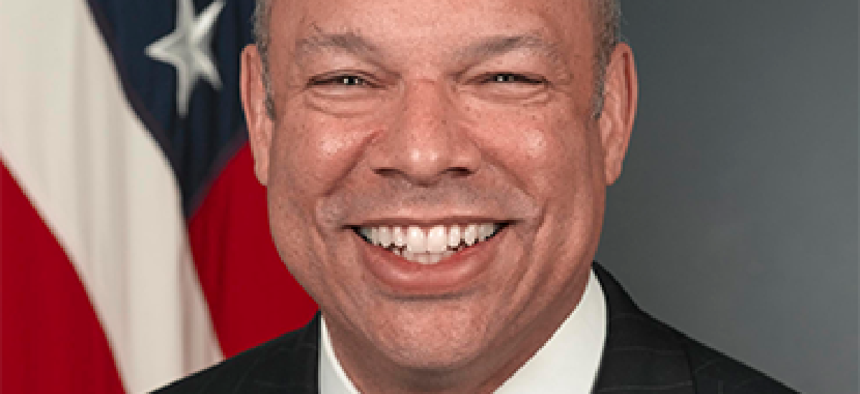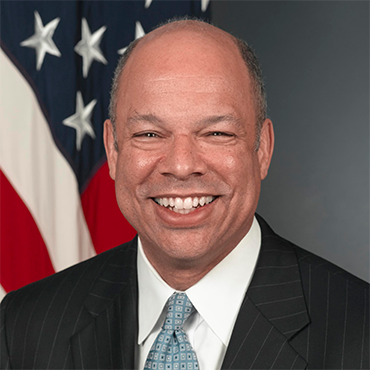Is Jeh Johnson ready for DHS' tech challenges?

President's pick to head the Department of Homeland Security has lots to learn about the sprawling agency.

President Barack Obama’s nominee to lead the Department of Homeland Security will have a newly strengthened IT team to back him up at his new job. And he might need it more than some.
Jeh Johnson has limited experience with the nuts and bolts of managing a technology bureaucracy, unlike some of the other rumored candidates for the position: retired Coast Guard Commandant Adm. Thad Allen, former DHS Deputy Secretary Jane Holl Lute, or DHS Acting Deputy Secretary Rand Beers, who had been undersecretary of the agency’s National Protection and Programs Directorate.
Johnson’s most recent federal posting was overseeing the Defense Department’s staff of 10,000 lawyers. A challenging job, to be sure, but not nearly at the scale of DHS, where the secretary must deal with the sprawling technical and everyday management needs of a department with 22 disparate components and more than 200,000 employees.
On policy issues, Johnson's time at the Pentagon could prove very useful -- as one tech industry official in Washington noted, “He sat at the table with the president on cybersecurity issues, where he was presumably exposed to key issues.” But for the deeper dive into the arcane world of DHS technology, Johnson will need some help.
Luckily, the White House has been moving in recent months to get the new secretary the support he will need to manage DHS’ myriad IT and cybersecurity operations.
Only days after Johnson’s nomination was unveiled, DHS named Luke McCormack, the Justice Department’s deputy assistant attorney general for information resources management and CIO, as the next CIO at DHS. That job had been filled on an acting basis since the spring departure of Richard Spires.
And Phyllis Schneck, former vice president and chief technology officer for the global public sector at McAfee, was confirmed as deputy undersecretary of cybersecurity in the National Protection and Programs Directorate in August. She stepped into the position after Mark Weatherford and Bruce McConnell left in quick succession for the private sector.
Johnson -- assuming he is confirmed -- and the incoming tech team will have plenty on their plates.
DHS faces external technical challenges such as developing critical infrastructure protection systems and implementing border and airport security technologies, as well as internal challenges that require intricate IT know-how and management capabilities.
Among the department’s projects are plans to connect databases containing information on legal foreign visitors to be used as a prototype for a larger system that would consolidate identity information from agency sources and erase the lines between the databases kept by DHS component agencies.
Officials also want to implement a cloud makeover for the enterprise talent management system as one of its first shared-services models under the Federal Risk and Authorization Management Program. In July, the department rolled out an Einstein 3 automated intrusion-detection system, the latest iteration of a continuous monitoring program designed to protect government agencies from malicious cyber activities.


